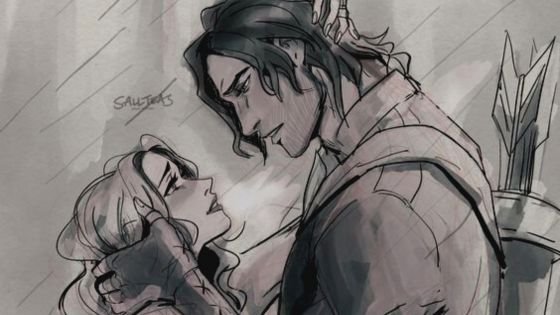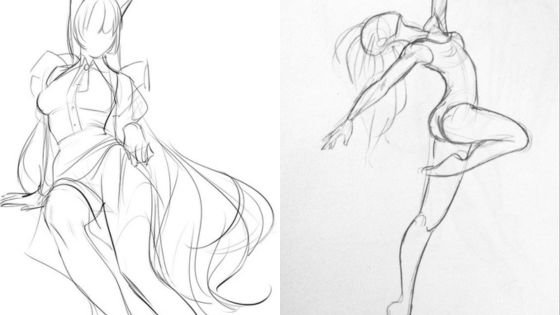Figure sketching is the act of drawing the human form, and it is a fundamental skill for artists of all levels. Whether you are a beginner or an experienced artist, figure sketching can help you improve your drawing skills and develop your own style. By learning the basics of figure sketching and understanding human anatomy, you can create dynamic and lifelike drawings that capture the essence of the human form.

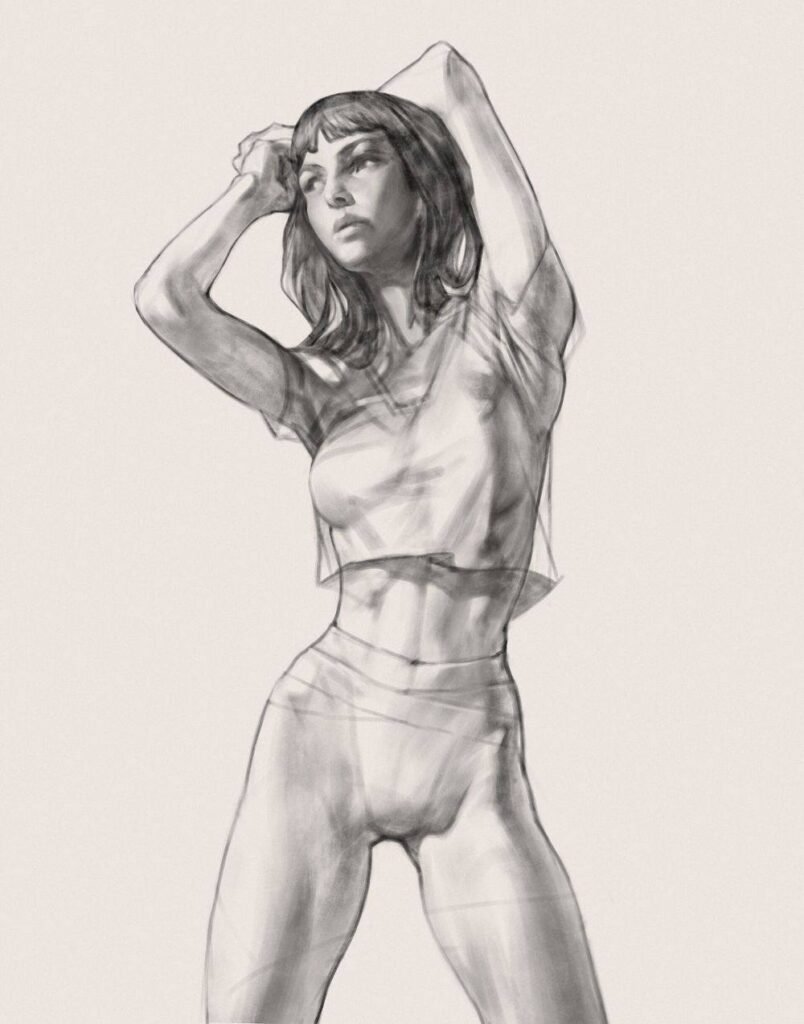
To begin figure sketching, it is important to have a basic understanding of human anatomy. This includes knowledge of the skeletal and muscular systems, as well as the proportions and movements of the human body. With this foundation, you can start to develop your sketching techniques and experiment with different poses and body types. By practicing regularly and using a variety of materials and tools, you can improve your skills and create more detailed and expressive drawings.


Overall, figure sketching is an essential skill for artists who want to capture the beauty and complexity of the human form. With the right techniques and practice, anyone can learn to create dynamic and lifelike drawings that showcase their unique style and vision.
Key Takeaways
- Figure sketching is a fundamental skill for artists of all levels.
- Understanding human anatomy is essential for creating lifelike drawings.
- Regular practice and experimentation with different materials and tools can help improve figure sketching skills.
The Basics of Figure Sketching

Figure sketching is the process of quickly capturing the essence of a human figure through a series of lines and shapes. It is an essential skill for artists, designers, and animators who need to create realistic and expressive characters.
To get started with figure sketching, one should begin with understanding the basic proportions of the human body. The human body can be divided into eight heads in height. This means that the height of the head is used as a unit of measurement to proportion the rest of the body. For example, the distance between the top of the head and the bottom of the chin should be approximately one head in length.
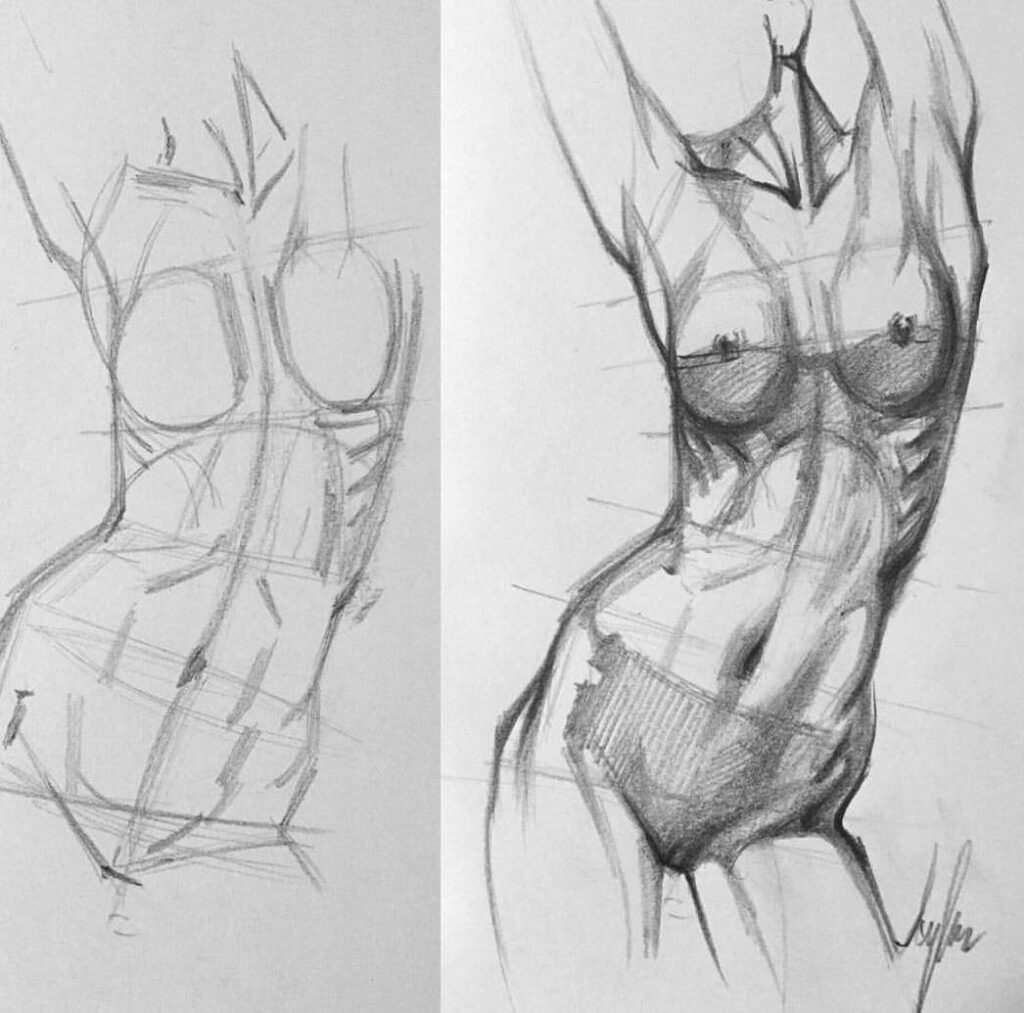

Once the basic proportions are understood, it is important to practice drawing the figure from different angles and in different poses. This will help to develop a better understanding of how the body moves and how to capture it in a dynamic way.
When sketching, it is important to use quick, fluid strokes and to focus on capturing the gesture of the figure. This means that the artist should aim to capture the overall movement and energy of the figure, rather than getting bogged down in details.
Overall, figure sketching is an essential skill for anyone interested in creating realistic and expressive characters. By understanding the basic proportions of the human body and practicing capturing the gesture of the figure, artists can develop their skills and create dynamic and engaging characters.
Understanding Human Anatomy
Understanding human anatomy is crucial for successful figure sketching. Without proper knowledge of the skeletal structure, muscular system, and proportions and measurements of the human body, it is difficult to create accurate and realistic drawings.
The Skeletal Structure
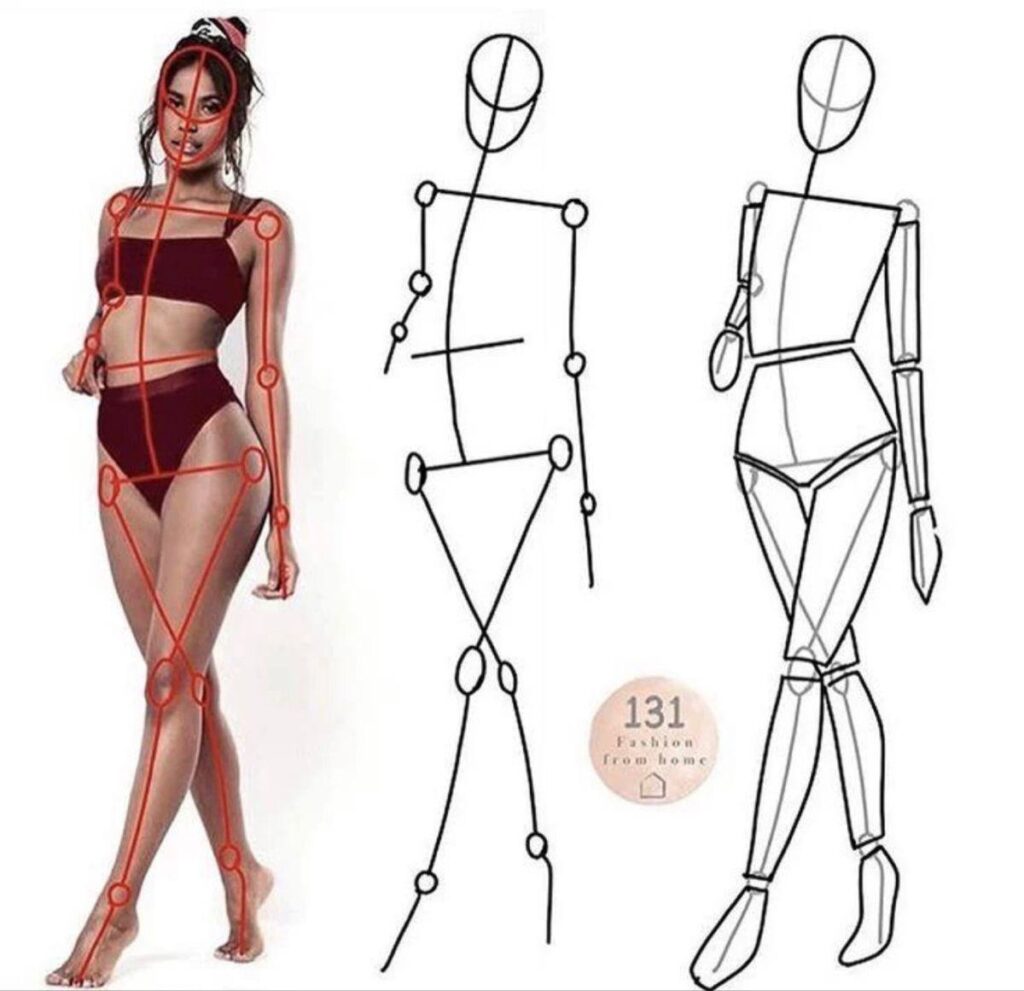
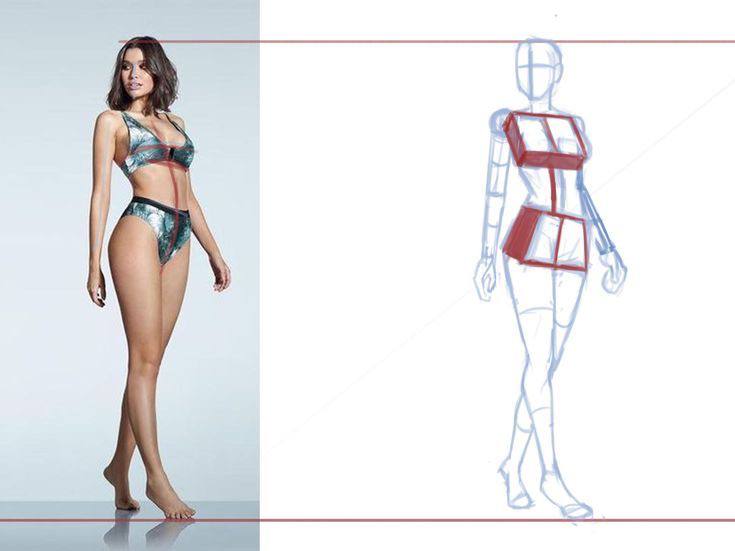
The skeletal structure provides the foundation for the human body. It is important to understand the basic structure of bones and how they connect to each other. The size and shape of bones vary depending on the individual’s age, gender, and ethnicity.
Some key bones to focus on when drawing the human figure include the skull, spine, ribcage, pelvis, arms, and legs. It is also important to understand the joints and how they move, such as the ball-and-socket joint of the hip and the hinge joint of the elbow.
Muscular System
The muscular system is responsible for movement and provides the shape and contours of the human body. Understanding the major muscle groups and how they attach to bones is essential for creating realistic figure drawings.
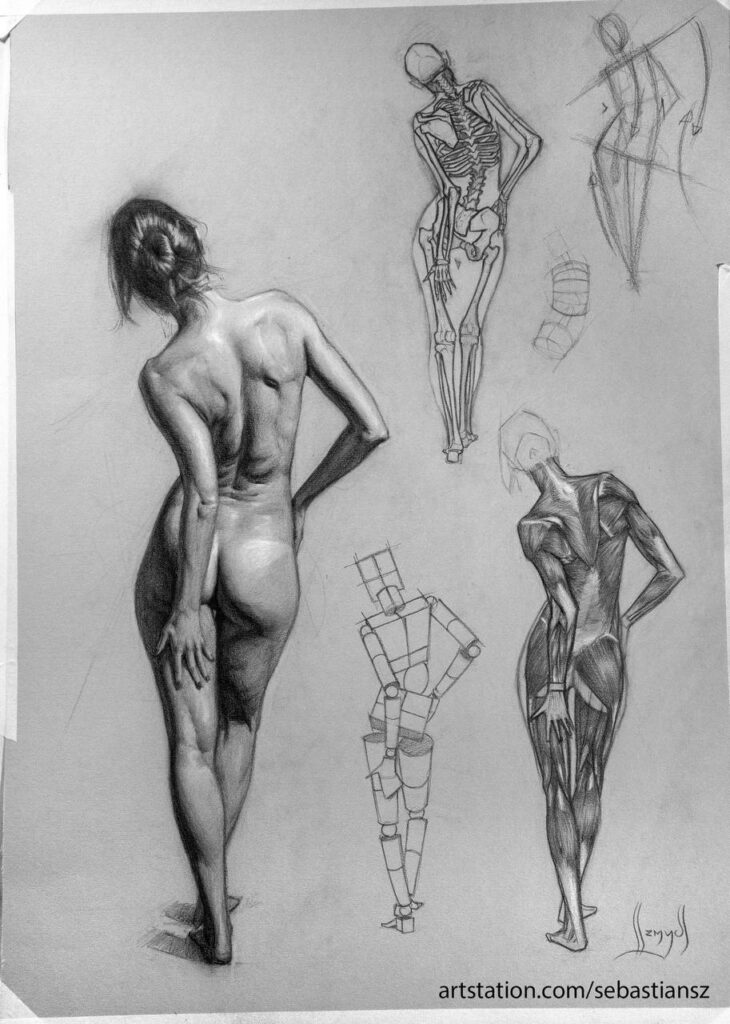
Some key muscles to focus on when drawing the human figure include the trapezius, deltoids, biceps, triceps, pectorals, abdominals, glutes, quadriceps, and hamstrings. It is important to understand how these muscles work together to create movement and how they change shape when contracted or relaxed.
Proportions and Measurements
Proportions and measurements are crucial for creating accurate and realistic figure drawings. It is important to understand the basic proportions of the human body, such as the length of the head compared to the rest of the body and the length of the arms and legs in relation to the torso.
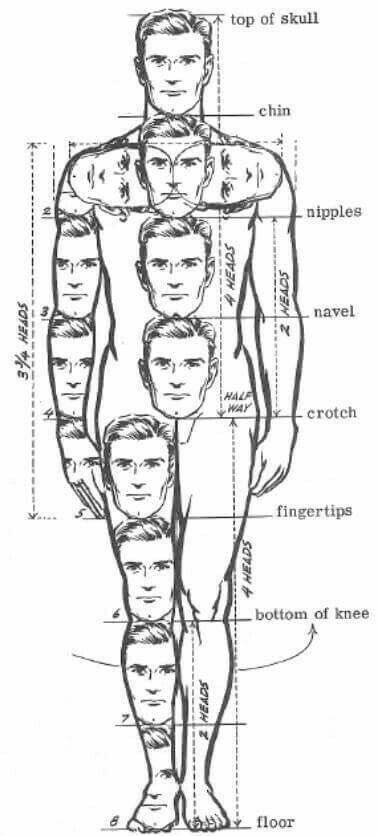
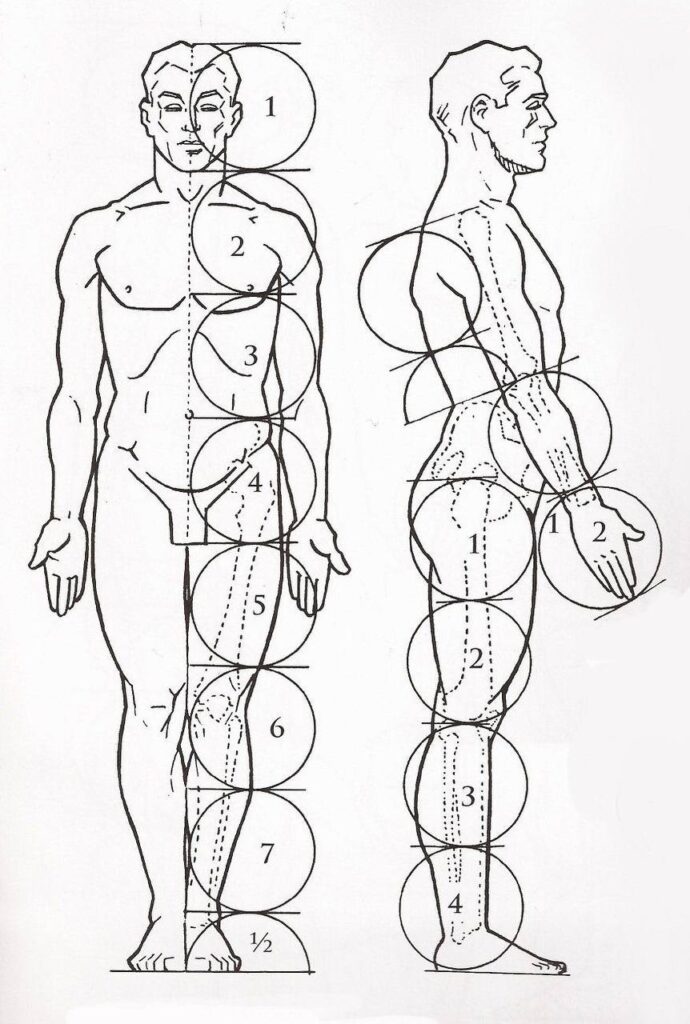
Measuring techniques, such as using the head as a unit of measurement and dividing the body into sections, can be helpful in creating accurate proportions. It is also important to understand how proportions can vary depending on age, gender, and ethnicity.
Overall, a solid understanding of human anatomy is essential for successful figure sketching. By studying the skeletal structure, muscular system, and proportions and measurements of the human body, artists can create accurate and realistic drawings.
Sketching Techniques

Sketching is an essential tool for artists and designers to quickly capture their ideas and bring them to life. Here are three commonly used sketching techniques:
Shading and Rendering


Shading and rendering are techniques used to add depth and dimension to a sketch. By varying the pressure and angle of the pencil, artists can create a range of values from light to dark. This technique is particularly useful when drawing objects with a three-dimensional form, such as a sphere or a cube. The artist can use shading to create the illusion of light and shadow, giving the object a sense of depth and realism.
Line and Contour Drawing


Line and contour drawing are techniques used to create outlines and define the edges of an object. Line drawing is a simple technique that involves drawing a continuous line to create the outline of an object.
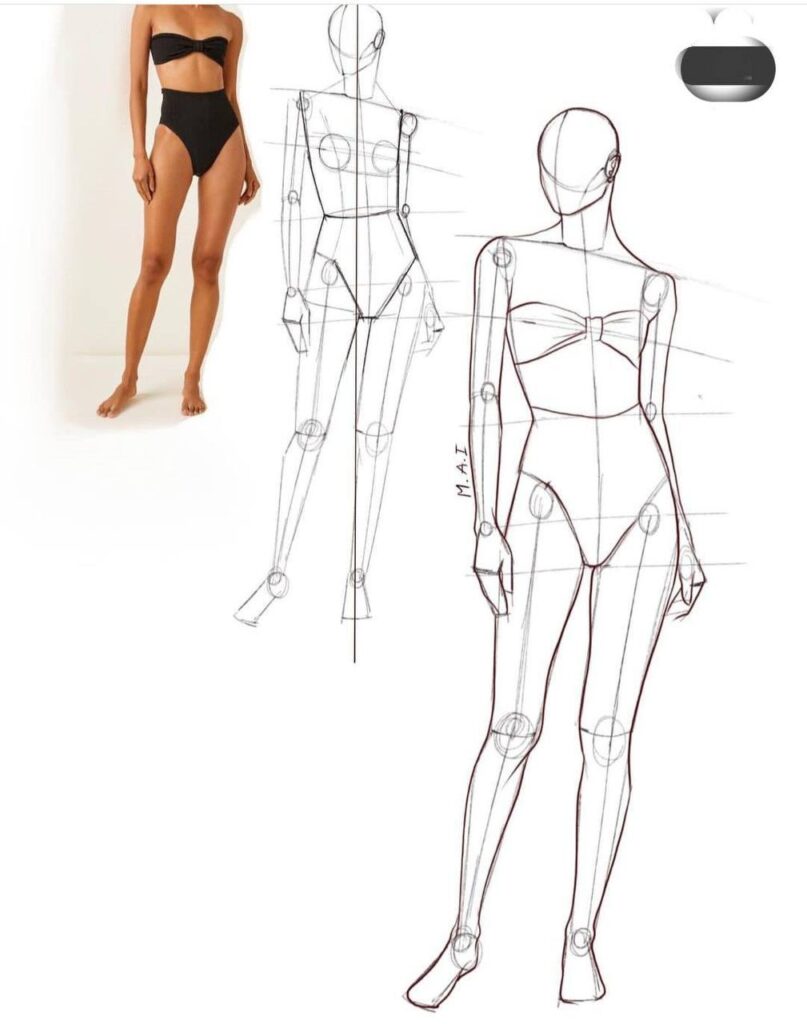
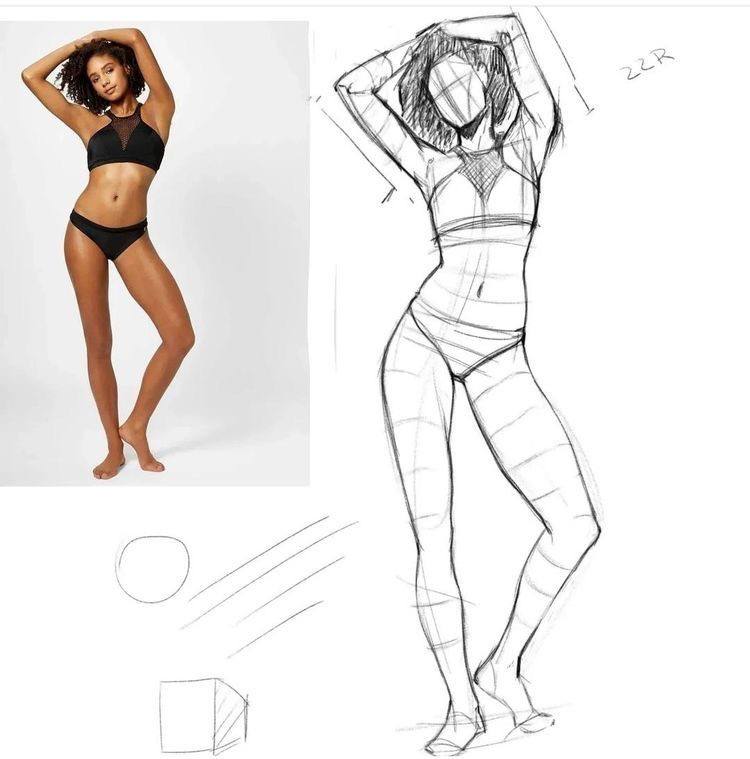
Contour drawing, on the other hand, involves drawing the outline of an object while also paying attention to the contours and curves of its surface. This technique is particularly useful when drawing organic shapes, such as the human body or a tree.
Gesture Drawing
Gesture drawing is a technique used to capture the essence of a subject in a quick and spontaneous manner. The artist begins by making loose, gestural marks to capture the basic shape and movement of the subject. This technique is particularly useful when drawing people or animals in motion, as it allows the artist to capture the energy and fluidity of the subject.


In summary, shading and rendering, line and contour drawing, and gesture drawing are all essential techniques for any artist or designer looking to improve their sketching skills.

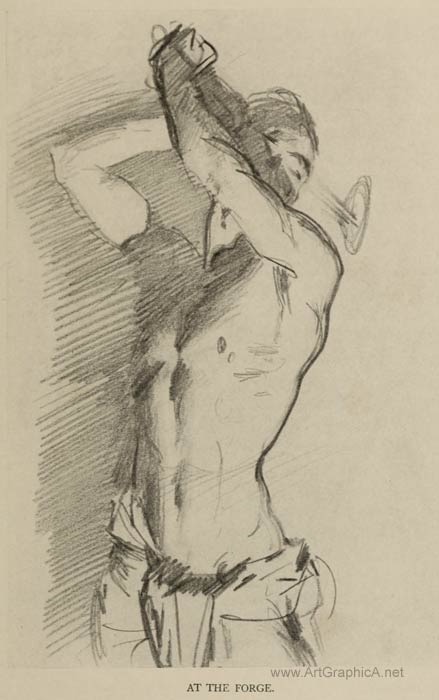
By mastering these techniques, artists can bring their ideas to life and create compelling works of art.
Drawing Different Poses

When it comes to figure sketching, it’s important to be able to draw different poses. This is especially true if you’re interested in creating dynamic and expressive artwork. In this section, we’ll take a look at two types of poses: static and dynamic.
Static Poses
Static poses are poses where the figure is standing still. These poses can be useful for showing off different aspects of the figure, such as the muscles or the clothing. When drawing a static pose, it’s important to pay attention to the proportions of the figure. This will help ensure that the figure looks realistic and well-proportioned.
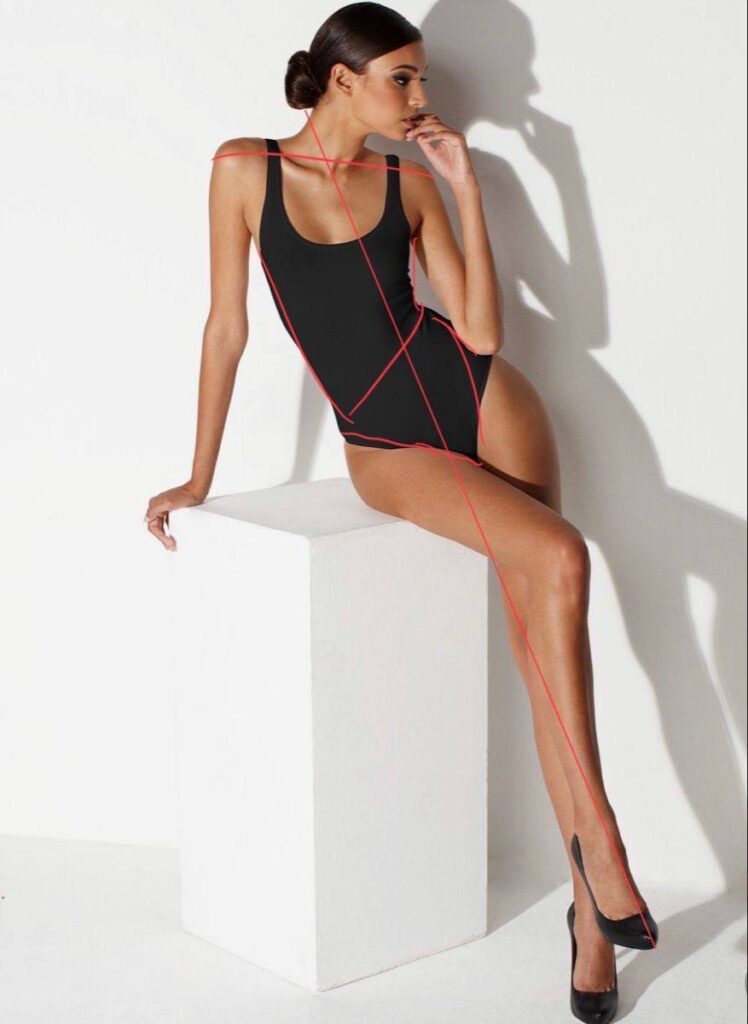

One way to practice drawing static poses is to use a wooden mannequin or a poseable figure. These tools can help you get a better sense of how the body is positioned in different poses. Another option is to use reference photos or videos. This can be especially helpful if you’re looking to draw a specific pose or if you’re having trouble visualizing the pose in your mind.
Dynamic Poses
Dynamic poses are poses where the figure is in motion. These poses can be more challenging to draw than static poses, but they can also be more interesting and expressive. When drawing a dynamic pose, it’s important to pay attention to the flow of the figure’s movement. This will help ensure that the figure looks like it’s in motion and not just frozen in place.
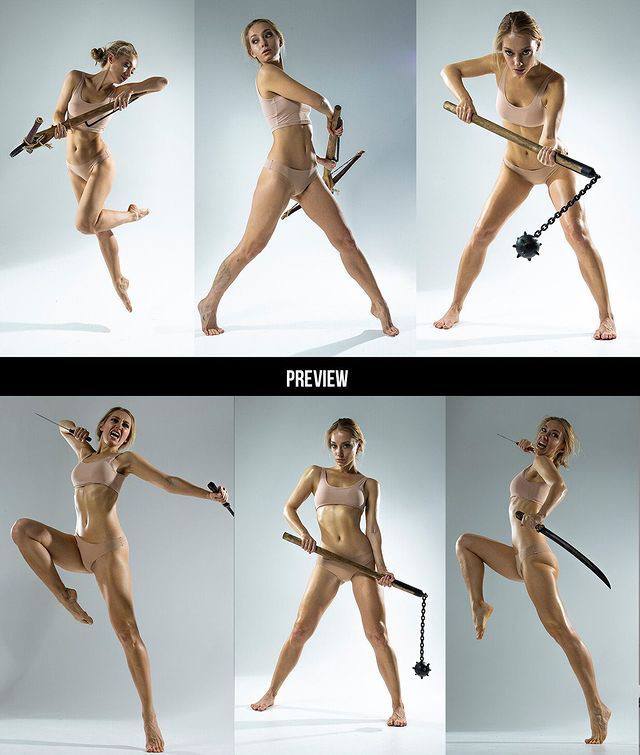
One way to practice drawing dynamic poses is to use gesture drawing. Gesture drawing involves quickly sketching the basic shapes and lines of a figure in motion. This can help you capture the overall movement and energy of the pose. Another option is to use reference photos or videos of people in motion. This can be especially helpful if you’re looking to draw a specific action or if you’re having trouble visualizing the pose in your mind.


Overall, being able to draw different poses is an important skill for any figure sketch artist. Whether you’re drawing static poses or dynamic poses, it’s important to pay attention to the proportions, flow, and energy of the figure. With practice and patience, you can develop your skills and create expressive and dynamic artwork.
Drawing Different Body Types

When it comes to figure sketching, it’s important to be able to draw different body types. This allows artists to accurately depict a range of people, rather than just a narrow subset. Here are some tips for drawing different body types:
1. Study Anatomy



Before attempting to draw different body types, it’s important to have a solid understanding of anatomy. This includes knowledge of muscles, bones, and how they all fit together. By studying anatomy, artists can better understand the underlying structures of different body types, which can then be translated into their sketches.
2. Observe Real People
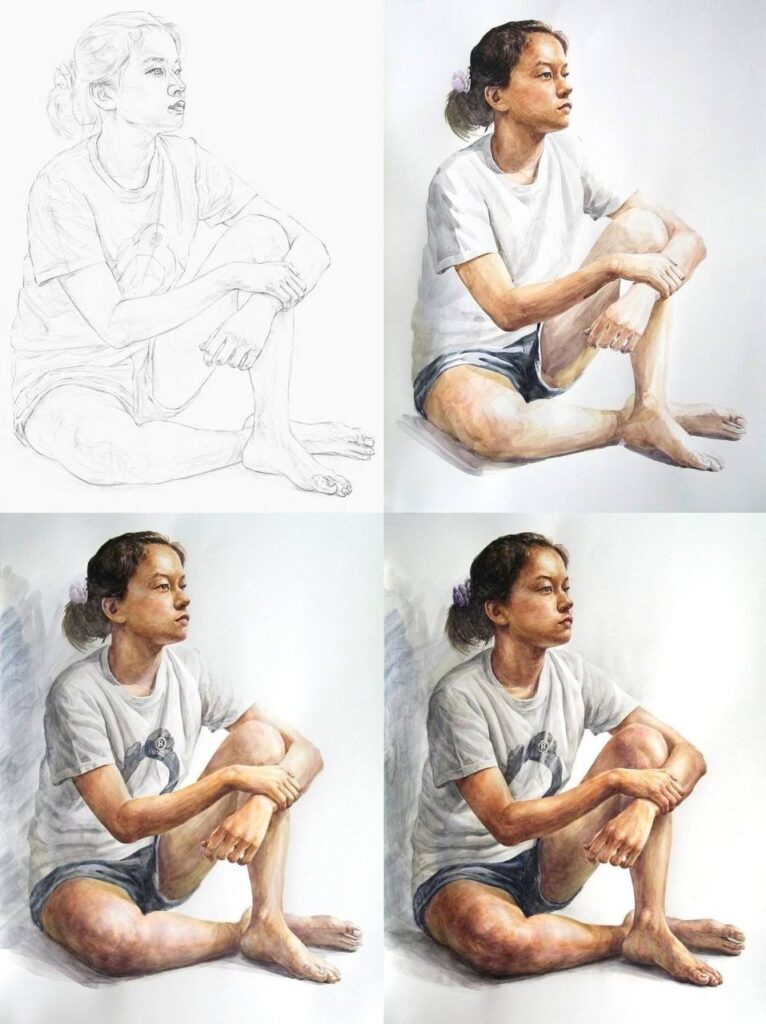
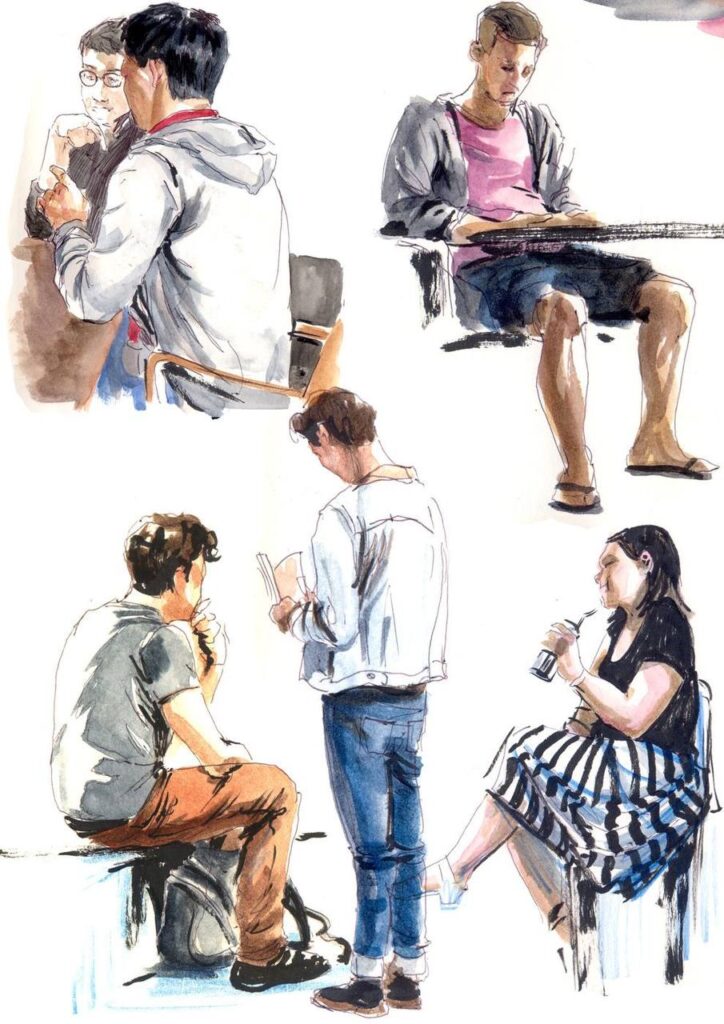
Observing real people is an excellent way to gain insight into different body types. By studying people of different ages, genders, and body shapes, artists can get a feel for how bodies vary in the real world. This can be done by people-watching in public spaces or attending life-drawing classes.
3. Use Reference Images


Reference images can be a valuable tool when it comes to drawing different body types. By studying photographs or other images of people with different body shapes, artists can gain a better understanding of how to accurately depict those shapes in their sketches. It’s important to note that reference images should be used as a guide, rather than copied directly.
4. Practice, Practice, Practice
Like any skill, drawing different body types takes practice. By consistently practicing and experimenting with different techniques, artists can improve their ability to accurately depict a range of body types. It’s important to not get discouraged by mistakes, but rather to learn from them and continue to improve.
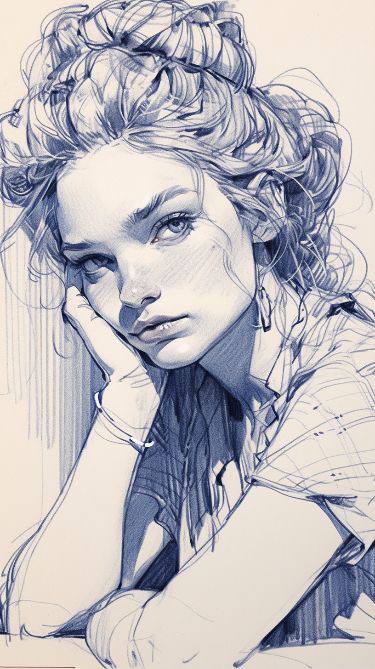

By following these tips, artists can improve their ability to accurately depict a range of body types in their sketches. Whether drawing a muscular athlete or a curvy model, understanding anatomy, observing real people, using reference images, and practicing regularly are all key to success.
Materials and Tools

When it comes to figure sketching, the right materials and tools can make all the difference. Here are some important considerations to keep in mind:
Choosing the Right Pencils
Pencils are the most commonly used tool for figure sketching. They come in a range of hardness levels, which are indicated by a number on the pencil. The higher the number, the harder the lead. For figure sketching, it’s best to use a range of pencils, from soft to hard, to achieve different effects. Here are some common pencil types and their recommended uses:
- 2B and 4B: These are the most commonly used pencils for figure sketching. They are soft enough to create dark lines and shading, but not so soft that they smudge easily.
- HB: This is a medium hardness pencil that is good for creating outlines and details.
- 6H: This is a hard pencil that is useful for creating light lines and details.
Paper Types
The type of paper used for figure sketching can affect the final result. Here are some common paper types and their recommended uses:
- Sketch paper: This is a lightweight paper that is good for quick sketches and studies.
- Newsprint: This is a cheap, lightweight paper that is good for practicing and experimenting.
- Drawing paper: This is a heavier paper that is good for finished drawings and illustrations.
Use of Erasers
Erasers are an essential tool for figure sketching. They are used to correct mistakes and refine details. Here are some common erasers and their recommended uses:
- Kneaded eraser: This is a soft, pliable eraser that can be shaped to create specific effects. It’s good for removing large areas of graphite and creating highlights.
- Vinyl eraser: This is a harder eraser that is good for removing small details and correcting mistakes.
- Electric eraser: This is a battery-powered eraser that is good for removing fine details and creating highlights.

Overall, the right materials and tools can help artists achieve the desired effect in their figure sketches. It’s important to experiment with different materials and tools to find what works best for each individual artist’s style and technique.
Practicing and Improving

To truly excel at figure sketching, one must practice and constantly strive to improve. Here are some tips to help you do just that:
Daily Sketching
The best way to improve at figure sketching is to practice every day. Set aside a specific time each day to sketch, even if it’s just for a few minutes. This will help you develop muscle memory and improve your ability to capture the essence of the figure quickly.
Critiquing Your Own Work


After each sketching session, take a few minutes to look back at your work and critique it. Identify areas where you struggled and areas where you excelled. This will help you focus your efforts on improving your weaknesses and building on your strengths.
Learning from Others
Take advantage of the wealth of resources available to you online and in person. Seek out tutorials, classes, and workshops to learn new techniques and get feedback on your work. Look to other artists for inspiration and advice, and don’t be afraid to ask for help when you need it.
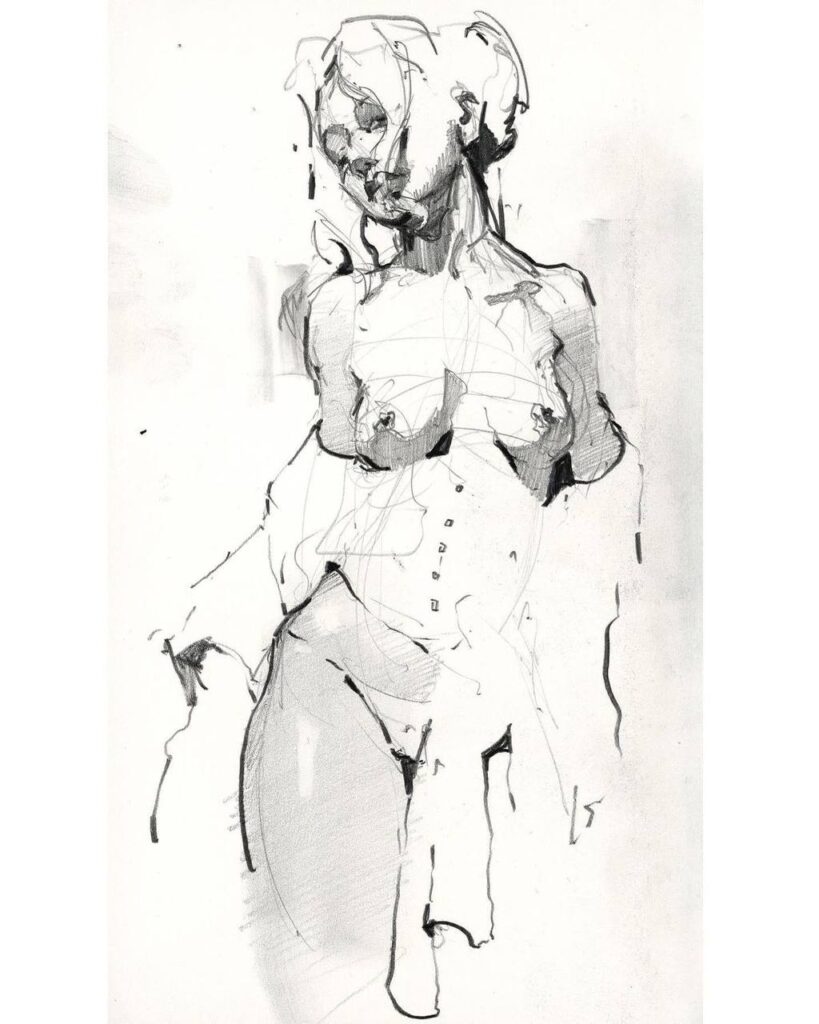
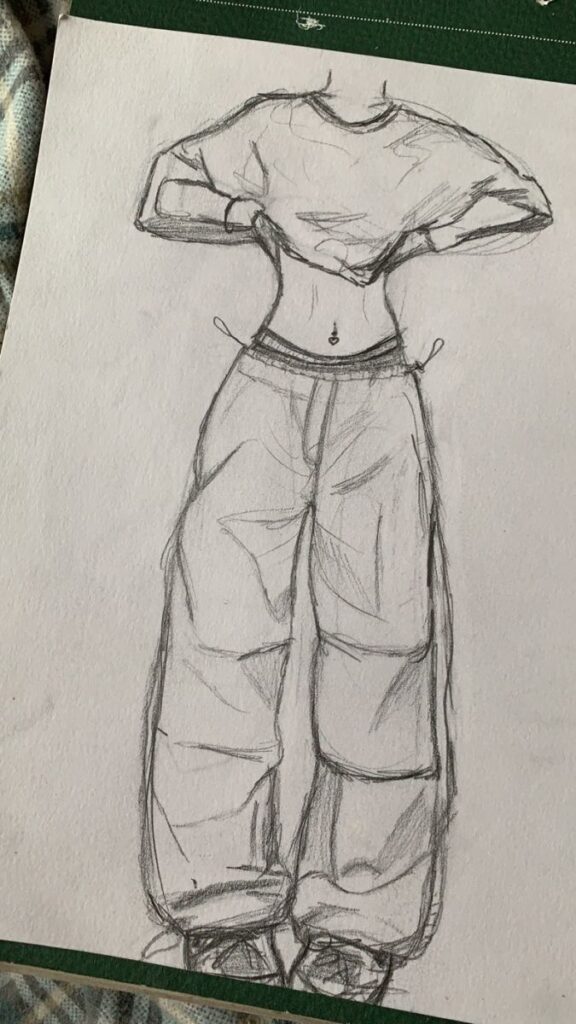
Remember, improving at figure sketching takes time and dedication. By practicing regularly, critiquing your own work, and learning from others, you’ll be well on your way to becoming a skilled figure sketch artist.
Frequently Asked Questions

What is the importance of gesture drawing in figure sketching?
Gesture drawing is a fundamental skill in figure sketching. It involves capturing the movement and energy of the subject with quick, loose lines. Gesture drawing allows the artist to understand the overall form and proportions of the figure before adding details. It is an important tool for developing a sense of rhythm and flow in the drawing.
How can reference photos be used effectively in figure sketching?
Reference photos can be a valuable resource for figure sketching. They can provide a visual reference for the artist to study and draw from. However, it is important to use reference photos as a guide rather than copying them directly. The artist should focus on capturing the essence of the pose and adding their own interpretation and style to the drawing.
What are some tips for beginners to improve their figure sketching skills?
Practice is key to improving figure sketching skills. Some tips for beginners include starting with simple poses and gradually working up to more complex ones, focusing on capturing the overall form and proportions of the figure, and using a variety of drawing materials to experiment with different techniques and styles.
Can figure sketching be a form of therapy?
Figure sketching can be a therapeutic activity for some individuals. It can provide a creative outlet for self-expression and help to reduce stress and anxiety. However, it is important to note that figure sketching should not be used as a substitute for professional therapy or treatment.
What are some common mistakes to avoid when sketching figures?
Common mistakes to avoid when sketching figures include focusing too much on details before capturing the overall form, using stiff and rigid lines instead of loose and fluid ones, and neglecting to study anatomy and proportions.
How can practicing figure sketching benefit other forms of art?
Practicing figure sketching can benefit other forms of art by developing skills in observation, proportion, and composition. These skills can be applied to other subjects and mediums, such as still life drawing, landscape painting, and portraiture.
- 36.6Kshares
- Facebook0
- Pinterest36.6K
- Twitter1
